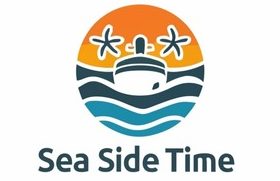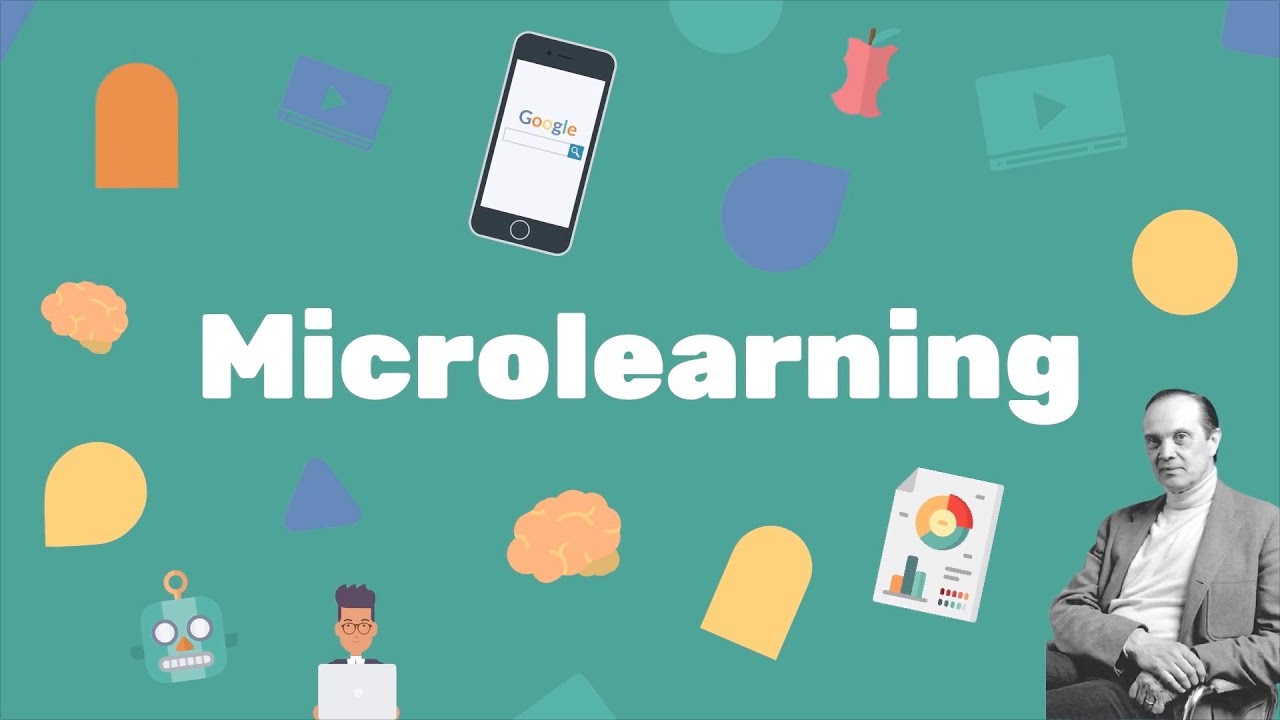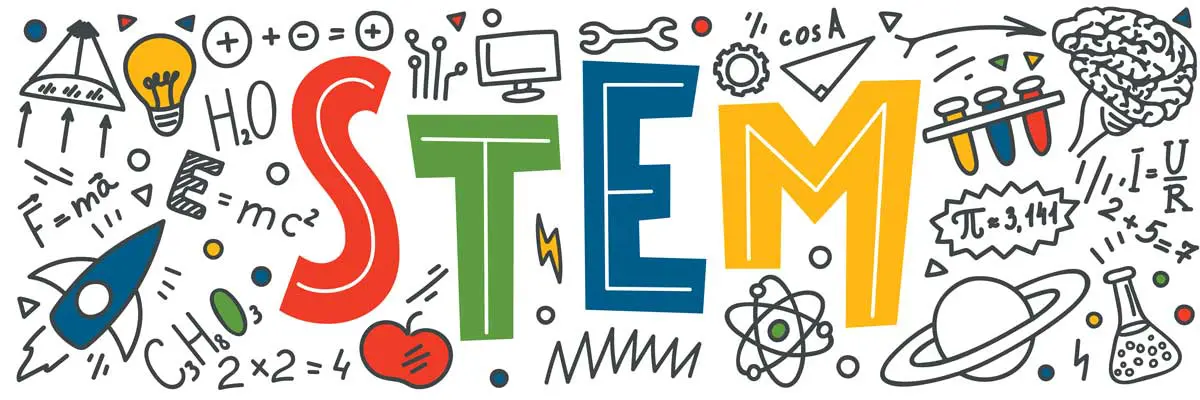Introduction
In a fast-paced world where time is of the essence, traditional approaches to education are evolving to meet the needs of modern learners. Microlearning, a pedagogical method that delivers bite-sized, easily digestible content, has emerged as a powerful tool in the field of education. This article explores the concept of microlearning, its advantages, and its growing influence on the educational landscape.
What is Microlearning?
Microlearning is an educational approach that delivers small, focused, and highly specific units of content to learners. These bite-sized lessons are designed to be consumed quickly, typically ranging from a few seconds to a few minutes in duration. Microlearning leverages a variety of formats, including videos, quizzes, infographics, podcasts, and short articles, to convey information efficiently.
Advantages of Microlearning
- Time Efficiency: Microlearning recognizes that learners often have limited time to dedicate to education. Its concise format allows for effective learning within short periods, making it an ideal choice for busy individuals.
- Retention and Engagement: Short, focused content is easier for learners to digest and remember. Microlearning capitalizes on cognitive science to improve information retention and engagement.
- Personalization: Microlearning can be tailored to individual learning styles and preferences. Learners can access content at their own pace and revisit it as needed.
- Accessibility: With the rise of mobile devices, microlearning is accessible anywhere, anytime. This flexibility empowers learners to choose when and where they engage with educational content.
- Cost-Effective: Developing and delivering microlearning content is often more cost-effective than traditional educational materials. It minimizes the need for lengthy courses and physical resources.
- Adaptability: Microlearning can easily be integrated into various learning management systems, allowing institutions to adapt to the changing needs of their learners.
Applications of Microlearning
- Corporate Training: Many businesses utilize microlearning to train employees efficiently, especially when introducing new products, software, or safety protocols.
- Language Learning: Language learning apps often employ microlearning techniques to teach vocabulary, grammar, and conversational skills in bite-sized lessons.
- Professional Development: Microlearning is a valuable tool for professionals seeking to acquire new skills or stay up-to-date in their fields.
- K-12 Education: Some K-12 educators incorporate microlearning into their classrooms to reinforce key concepts or provide additional resources for students.
- Higher Education: Colleges and universities have also begun to experiment with microlearning to supplement traditional coursework and enhance the learning experience.
Challenges and Considerations
While microlearning offers many benefits, it is not without challenges:
- Content Quality: Ensuring the quality and accuracy of microlearning content is crucial. Shorter content formats require careful curation and planning.
- Overload: Overloading learners with too much microlearning content can lead to cognitive fatigue. Striking the right balance is essential.
- Measurement: Assessing the effectiveness of microlearning can be challenging. Institutions must develop appropriate metrics to evaluate learning outcomes.
- Integration: Integrating microlearning seamlessly into broader educational programs can require adjustments to curriculum and instructional strategies.
Conclusion
Microlearning represents a shift in how we approach education in the digital age. Its ability to deliver knowledge in small, easily digestible increments aligns with the busy lives and short attention spans of modern learners. As educators and institutions continue to explore the potential of microlearning, it is likely to play an increasingly prominent role in both formal and informal education, catering to the diverse learning needs of students and professionals alike.




